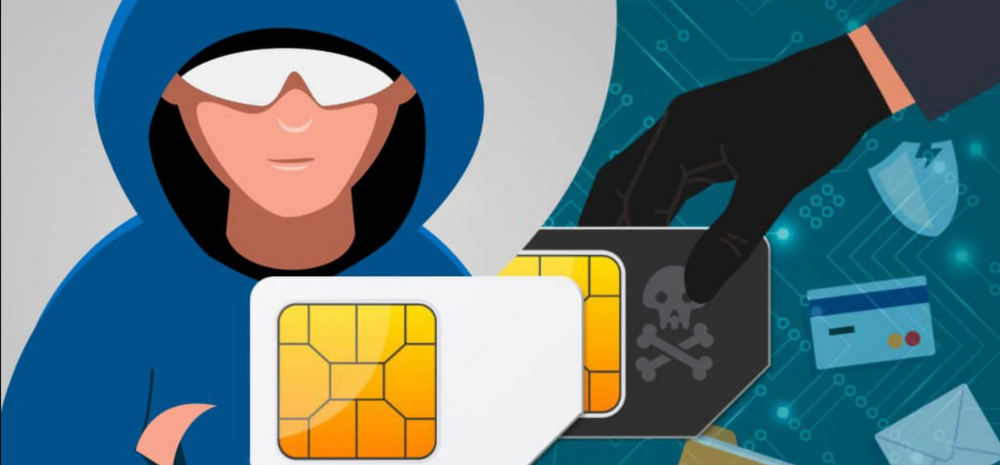Smartphones have become an indispensable part of our daily lives, with SIM cards and mobile networks playing a crucial role in enabling various activities, including accessing banking apps, checking emails, and using social media on the go. However, this convenience also makes us vulnerable to evolving scams, and one of the latest threats is SIM swapping.

Understanding SIM Swapping: A Threat to Digital Identity
So, what exactly is SIM swapping? In simple terms, it involves scammers gaining unauthorized access to your SIM card, essentially constituting digital identity theft. Once they succeed in this, they exploit it by extorting money from your contacts, gaining control of your online banking, and taking over your social media profiles. This becomes especially dangerous in the era of OTP-based two-factor authentication, as access to your SIM card can enable significant harm.
Protecting Yourself from SIM Swapping: Key Cybersecurity Measures
To safeguard yourself from this kind of cybercrime, it’s important to take certain precautions:
1. Protect Your Personal Identity Proofs: Be cautious about sharing personal identification information, such as Aadhaar cards, online. Some scammers gather this data and use it to obtain a duplicate SIM card. If your SIM suddenly loses network connectivity, it may be a sign that someone else has taken control of your phone number.
2. Beware of Smishing and Phishing: These are common hacking techniques where scammers send deceptive links resembling financial institutions, prompting you to provide personal information. In some cases, they may trick you into installing apps that grant them remote access to your smartphone. Scammers with remote access can manipulate your phone and SIM card without physically holding the SIM.
3. Preventing SIM Swapping: If you ever lose your phone or SIM card, contact your network provider immediately to block your SIM. Obtain a duplicate SIM as soon as possible. Holding two SIM cards with the same number is illegal, making it difficult for scammers to misuse your SIM.
4. Lock Your SIM Card: Enhance Your SIM Card’s Security: You may want to bolster your SIM card’s protection by implementing a password. This extra layer of security ensures that the SIM card remains inaccessible without the correct password, preventing the card’s use if it’s moved to a different device.
5. Consider eSIMs: If your phone supports eSIM, consider converting your physical SIM to an eSIM. eSIMs are difficult to transfer without unlocking the device, providing an extra layer of protection against SIM swapping.
6. Use Two-Factor Authentication Apps: To enhance protection against social media hacks, opt for two-factor authentication apps instead of OTP, as they are typically tied to your device rather than your SIM card. Nonetheless, it’s important to note that in such a situation, misplacing your phone can lead to a temporary interruption in your access to a range of services, serving as an integral aspect of the heightened security provided by app-based two-factor authentication.













